1. The Cosby Show Tackles Race and Class

In 1984, The Cosby Show broke new ground by presenting an upper-middle-class African American family, the Huxtables, on primetime television. This was a refreshing change from the stereotypical portrayals of black families in the media, which often centered around struggles and poverty. The show wasn’t just about laughs; it gently but powerfully tackled topics like race, education, and the importance of family. It made viewers realize that television could reflect the complexities of life in a way that went beyond simple entertainment.
In one memorable episode, Cliff Huxtable and his wife, Clair, had an honest conversation about the challenges their children would face growing up in a world that might judge them based on their race. This moment, filled with love, wisdom, and realism, taught us that TV could be a platform for exploring the human experience, especially issues of race and equality, in a meaningful way.
2. The Wonder Years Confronts the Vietnam War

When The Wonder Years debuted in 1988, it introduced us to a coming-of-age story set against the backdrop of the social and political upheavals of the ’60s and ’70s. The show didn’t shy away from tackling tough subjects, including the Vietnam War. Kevin Arnold’s father, Jack, was a Vietnam War veteran, and his struggles with PTSD were depicted with such sensitivity and authenticity that it resonated with many viewers who were familiar with the effects of war on families.
In one poignant episode, Jack has an emotional breakdown, confronting the trauma he experienced overseas. It was a moment that not only captured the personal toll of war but also made viewers reconsider the cost of violence and conflict. Through the eyes of young Kevin, the show gave us a unique perspective on how history, even recent history, shapes our lives in ways we may not fully understand.
3. M*A*S*H and the Reality of War
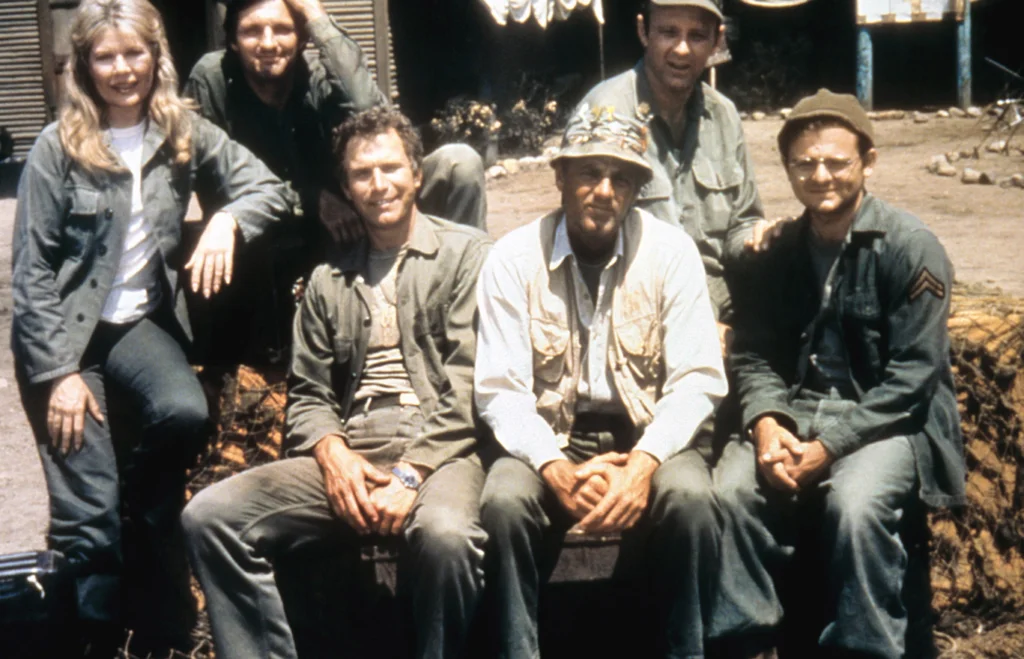
While M*A*S*H was primarily a comedy, it was also a masterclass in blending humor with the stark realities of war. Airing from 1972 to 1983, the series was set during the Korean War and explored the emotional and psychological toll of combat, showcasing the personal sacrifices of military doctors and nurses. In the ’80s, the series continued to push boundaries, with several episodes addressing the futility of war and the emotional burden it placed on soldiers.
One unforgettable moment comes in the series finale, “Goodbye, Farewell and Amen,” when the characters reflect on the personal losses they’ve endured over the years. The moment was poignant and introspective, reminding viewers that even in the darkest times, human connection and empathy can provide comfort. It was a moment that forever changed how we viewed war on television, reminding us that TV could serve as both entertainment and a powerful vehicle for social commentary.
4. Family Ties Discusses Politics and Generational Differences

In 1982, Family Ties brought us the Keaton family, whose political views were sharply divided. The show’s central character, Alex P. Keaton, played by Michael J. Fox, was a staunch young Republican raised by liberal parents, offering a perfect setup to explore generational differences and the evolving political landscape of the time. This unique dynamic allowed the series to delve into larger issues like the impact of the Reagan administration on American families.
One notable episode, “The Real Thing,” explored Alex’s deepening awareness of the complexities of politics, particularly when his idealism was challenged by the harsh realities of life. It wasn’t just a sitcom moment—it was an eye-opening discussion about the importance of questioning authority, understanding opposing viewpoints, and the values that drive political decisions. Family Ties made it clear that TV could be more than just a space for laughs; it could be a place for important cultural and political conversations.
5. Cheers Tackles Homosexuality with Sensitivity
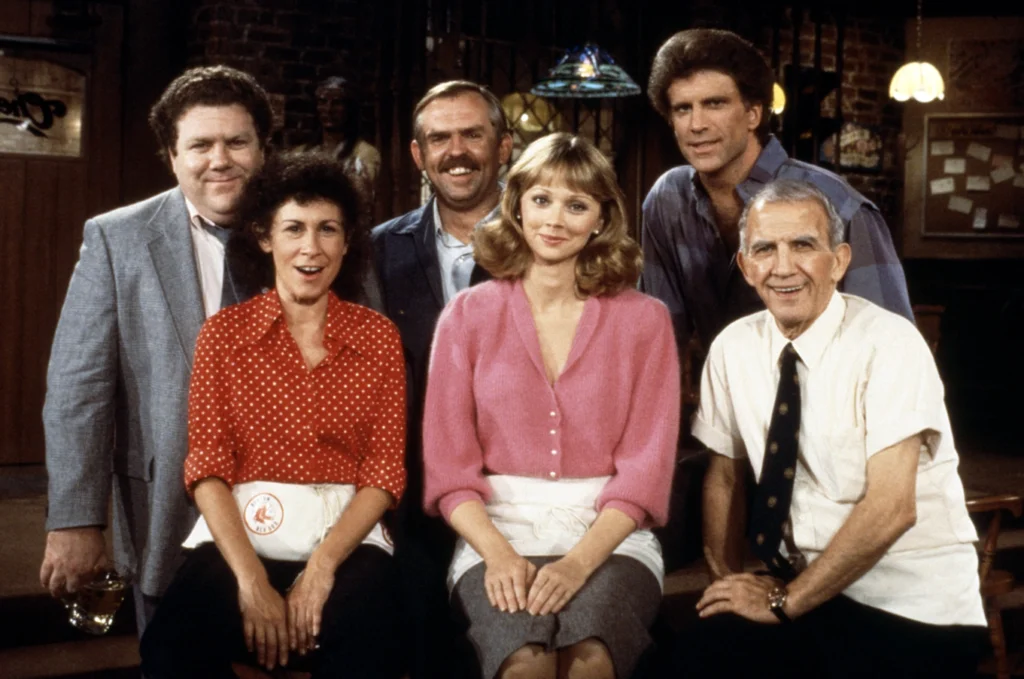
In 1990, Cheers aired an episode titled “The Kiss” that broke new ground for its portrayal of a gay character. In this episode, Sam Malone, played by Ted Danson, has to deal with the confusion and discomfort of his patrons when a gay man openly kisses him in the bar. The episode was groundbreaking not just for its time but for its sensitive portrayal of a controversial topic, showcasing the evolving social attitudes towards LGBTQ+ issues.
What made the episode significant wasn’t just the kiss—it was the humor and grace with which the show handled the subject matter. By presenting the kiss as part of a larger, human story, Cheers gave its viewers the chance to reflect on how society views love and acceptance. In doing so, it showed that TV could spark crucial discussions about diversity and inclusion, making entertainment a platform for promoting social change.
6. Growing Pains Tackles Substance Abuse
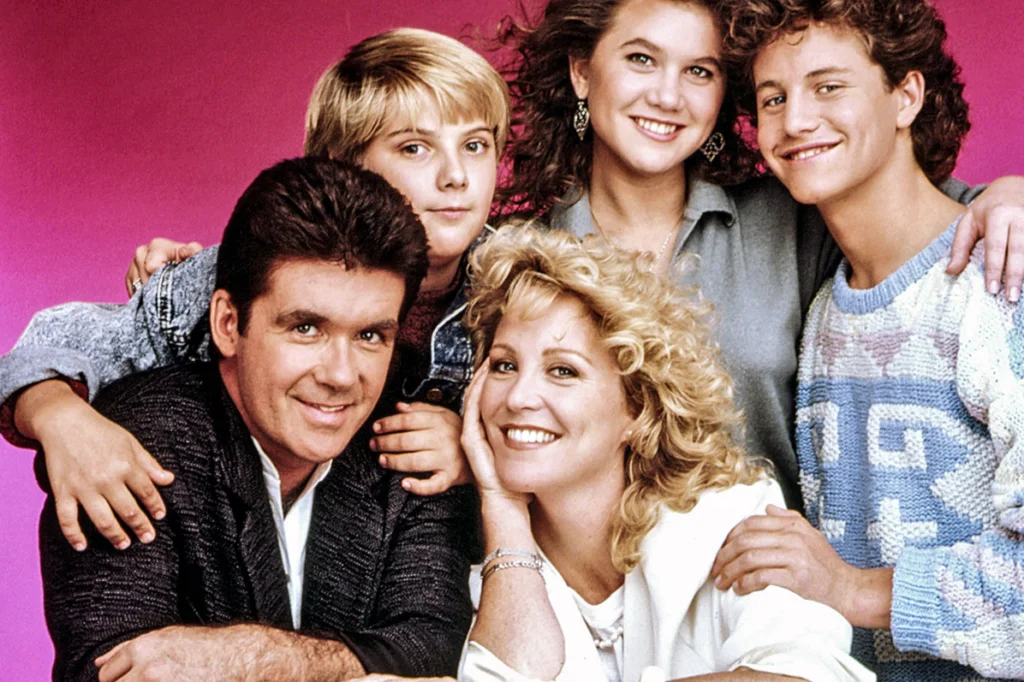
In 1987, Growing Pains tackled the issue of substance abuse when Mike Seaver’s best friend, Boner, was caught experimenting with drugs. The episode, “The Longest Day,” highlighted the dangers of peer pressure and addiction, showing how easily a seemingly harmless mistake could spiral into a serious problem. It was a critical moment in a show that usually dealt with lighter topics, showing viewers that television could confront real-world issues with depth and compassion.
By the end of the episode, Boner decides to seek help, which sends a powerful message about the importance of support and accountability. This was one of the earliest portrayals of substance abuse on a family sitcom and made it clear that TV could be more than just entertainment; it could offer valuable life lessons.
7. The Golden Girls Talks About Aging
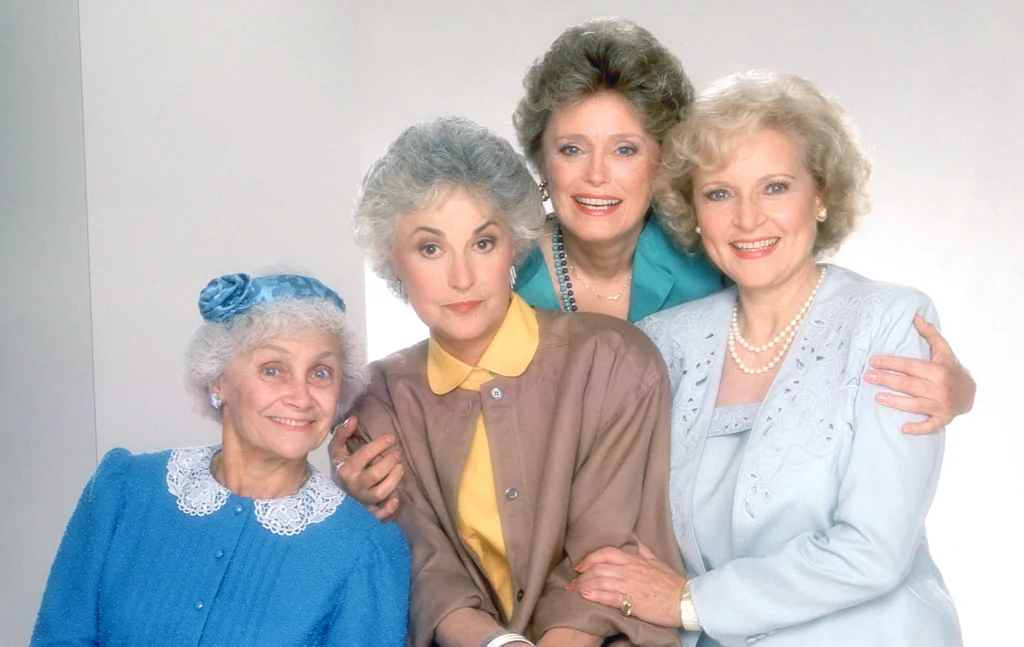
One of the most forward-thinking moments of the ’80s came from The Golden Girls, a sitcom that focused on four older women living together in Miami. The show broke new ground by presenting aging women as vibrant, funny, and full of life, challenging societal expectations about older people. In one episode, Dorothy, Rose, and Blanche discuss the challenges of getting older, from dealing with physical changes to facing the prospect of losing loved ones.
What set The Golden Girls apart was the way it treated aging not as a sad inevitability but as a stage of life that could still be full of humor, adventure, and meaning. This was revolutionary for the time, and the show’s candid approach to aging made viewers rethink what it meant to grow older in a youth-obsessed culture. The Golden Girls taught us that TV could be a place for wisdom and reflection, not just for young people but for everyone.
8. The Golden Girls Tackles HIV/AIDS Awareness

In 1988, The Golden Girls took a significant step forward in addressing the HIV/AIDS epidemic with the episode “72 Hours.” In this episode, Dorothy’s ex-husband, Stan, tests positive for HIV, and the show explores the fears and misconceptions surrounding the disease. At the time, HIV/AIDS was a highly stigmatized issue, and The Golden Girls used humor and heartfelt moments to raise awareness and normalize conversations about the virus.
The episode was praised for its sensitive handling of a topic that many shows at the time avoided. By showing how Dorothy and her friends reacted to Stan’s diagnosis with care and compassion, the show provided viewers with important lessons about empathy, understanding, and the importance of safe practices. This moment proved that television could be a force for social change, using entertainment to educate and challenge stigmas surrounding a serious public health crisis.
9. Family Ties Shines a Light on Addiction
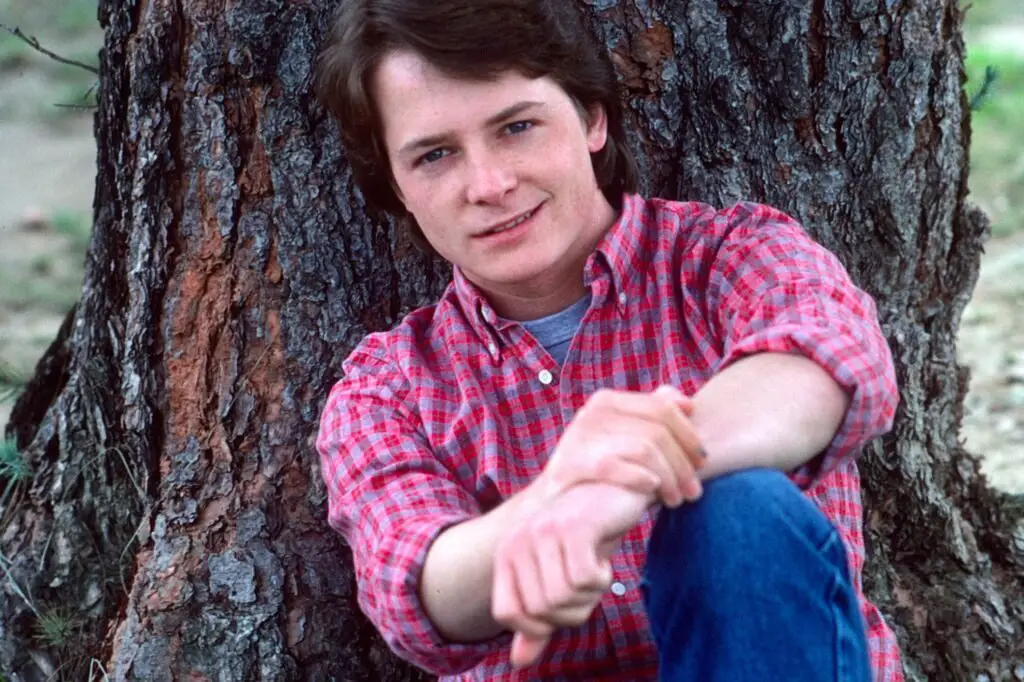
In 1986, Family Ties aired an episode that dealt with the issue of alcoholism, when Steven Keaton, the father of the family, is confronted with his own drinking problem. The episode was groundbreaking in its honest and compassionate portrayal of addiction, showing that it wasn’t just a problem for the alcoholic but for the entire family. Steven’s struggle to acknowledge his addiction was portrayed with great sensitivity, allowing viewers to empathize with his internal conflict.
This episode was a pivotal moment in TV history, as it didn’t just show the problem but also explored the ways families cope with such issues. By bringing addiction to the forefront of mainstream television, Family Ties helped to normalize these discussions and offered a new level of maturity in sitcom storytelling.
10. The Facts of Life Tackles Eating Disorders
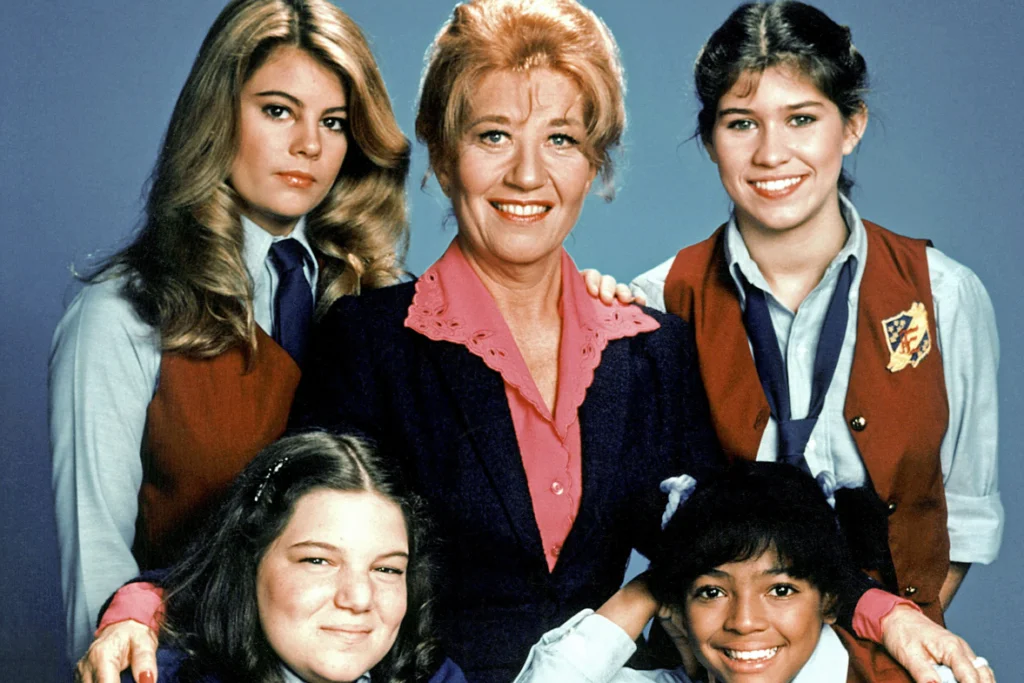
In 1986, The Facts of Life addressed the issue of eating disorders in an episode titled “The Interview,” where one of the girls, Jo, struggles with body image issues. The show portrayed the harsh realities of trying to meet societal expectations of beauty and the dangers of using food as a coping mechanism. At a time when such topics were often brushed aside or stigmatized, the episode was a brave step forward in educating audiences about the importance of mental health.
By exploring eating disorders with a sense of empathy and realism, The Facts of Life showed that TV could be a platform for opening important conversations about personal struggles. This episode helped break the silence around eating disorders and contributed to a broader understanding of the challenges many young people face in navigating self-esteem.
11. Moonlighting Blurs the Line Between Comedy and Drama
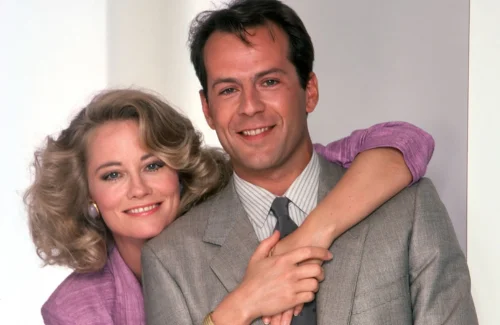
Moonlighting, which premiered in 1985, was a genre-defying show that combined comedy with dramatic moments, often breaking the fourth wall and playing with audience expectations. The chemistry between Bruce Willis and Cybill Shepherd was electric, and the show constantly shifted between witty banter and emotional depth. This blending of genres allowed Moonlighting to touch on complex issues like trust, love, and loyalty, often in unconventional ways.
One standout episode, “The Dream Sequence Always Rings Twice,” used a dream sequence to explore the characters’ subconscious desires and fears. The episode was a wild ride, but it also gave viewers a glimpse into the emotional lives of the characters, showing that TV could be both entertaining and emotionally resonant. Moonlighting taught us that TV could be an art form, using a variety of techniques to tell stories that felt both lighthearted and meaningful.
12. The Facts of Life Highlights Bullying
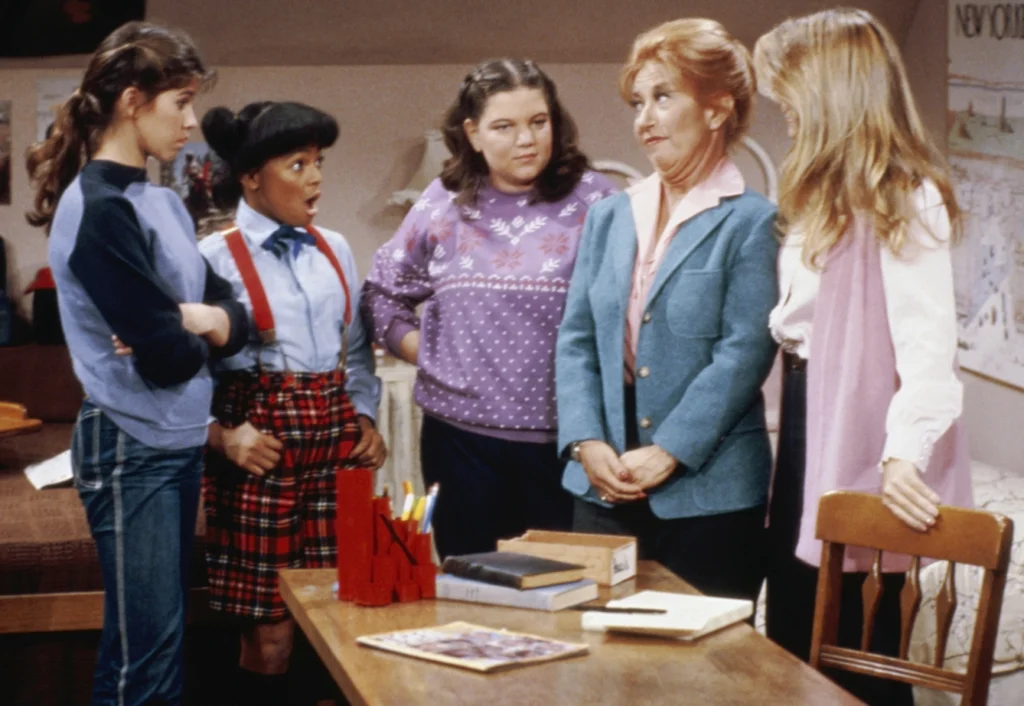
In 1980, The Facts of Life introduced an important storyline when one of the girls, Natalie, deals with bullying because of her weight. This episode was particularly groundbreaking because it addressed body shaming and the emotional toll it can take on a young person. Rather than brushing off the issue with humor, the show took a serious approach to how bullying affects a person’s self-worth.
The episode resonated deeply with viewers, especially those who had experienced similar struggles. It was a reminder that TV could not only entertain but also bring awareness to issues like body image and bullying, offering important lessons about kindness, empathy, and self-acceptance.
13. The Twilight Zone Tackles Social Injustice
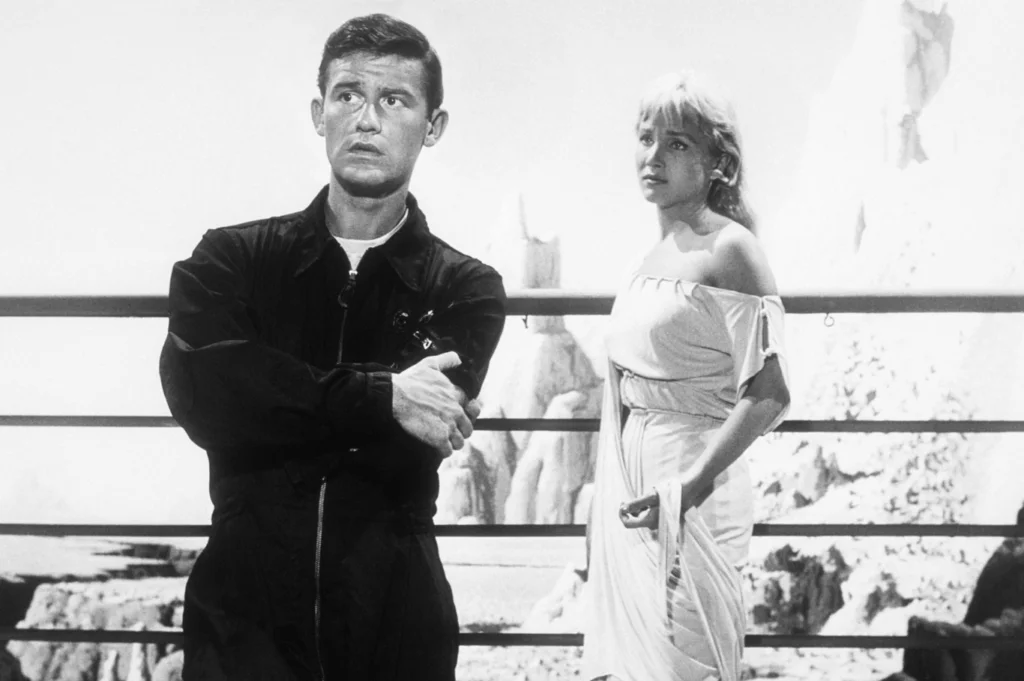
Though The Twilight Zone originally aired in the ’60s, its ’80s revival continued to address societal issues, and one particular episode, “The Shadow Man,” took on the topic of racial prejudice. The episode tells the story of a man who is forced to confront his own biases in a chilling, supernatural context. It was a direct critique of the way society often judges others based on race and appearance.
What made this episode stand out was its ability to use science fiction and horror to tackle real-world issues in a thought-provoking way. It showed that television didn’t have to shy away from uncomfortable topics; instead, it could use the medium to encourage self-reflection and social change.
14. All in the Family Challenges Gender Roles
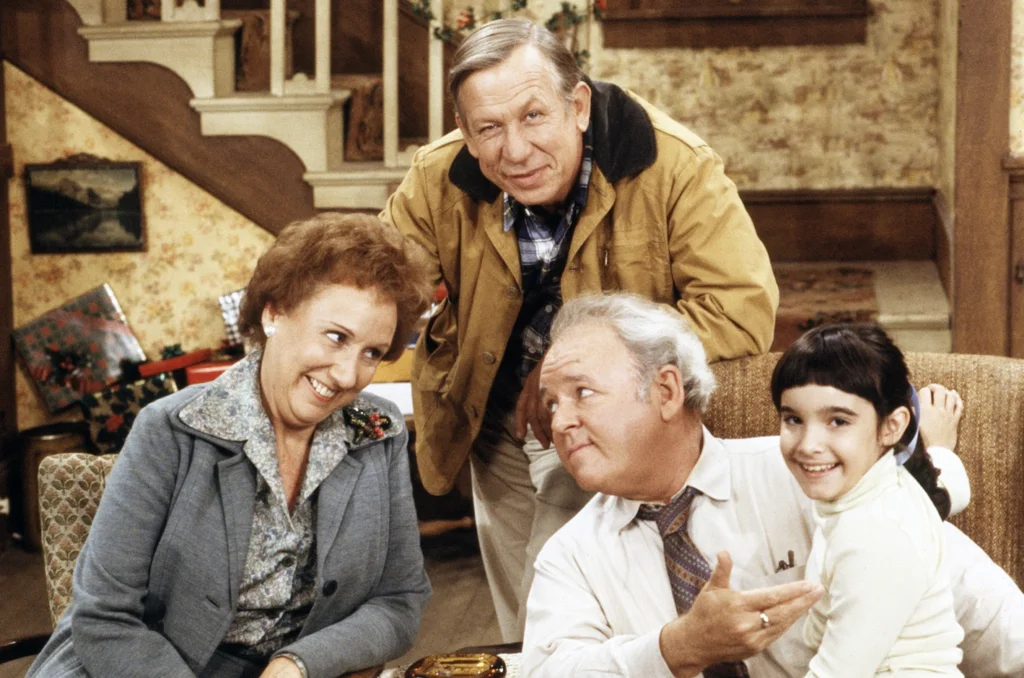
In a memorable 1980 episode of All in the Family, Archie Bunker’s daughter, Gloria, confronts him about his outdated views on women’s roles. The episode was revolutionary in its portrayal of a young woman challenging her father’s patriarchal beliefs, reflecting the feminist movement that was gaining traction during the ’80s. It wasn’t just about gender equality—it was about family dynamics and the way society’s values can evolve.
By using humor and conflict, All in the Family showed viewers that TV could be a space where social issues, like gender equality, could be explored with both humor and depth. This particular moment reminded us that television wasn’t just for entertainment—it could also provoke thought and inspire change.


